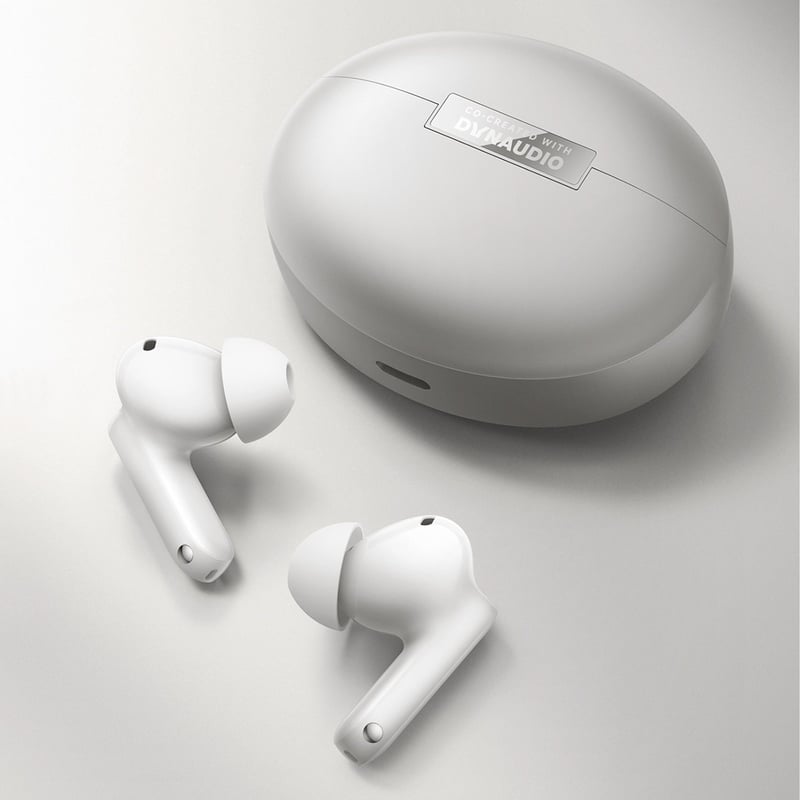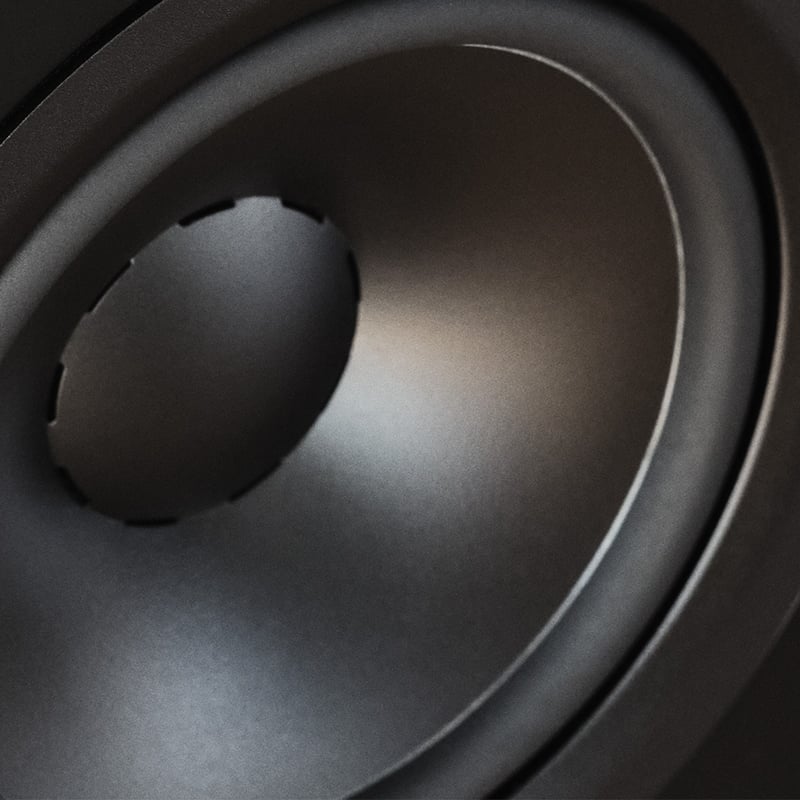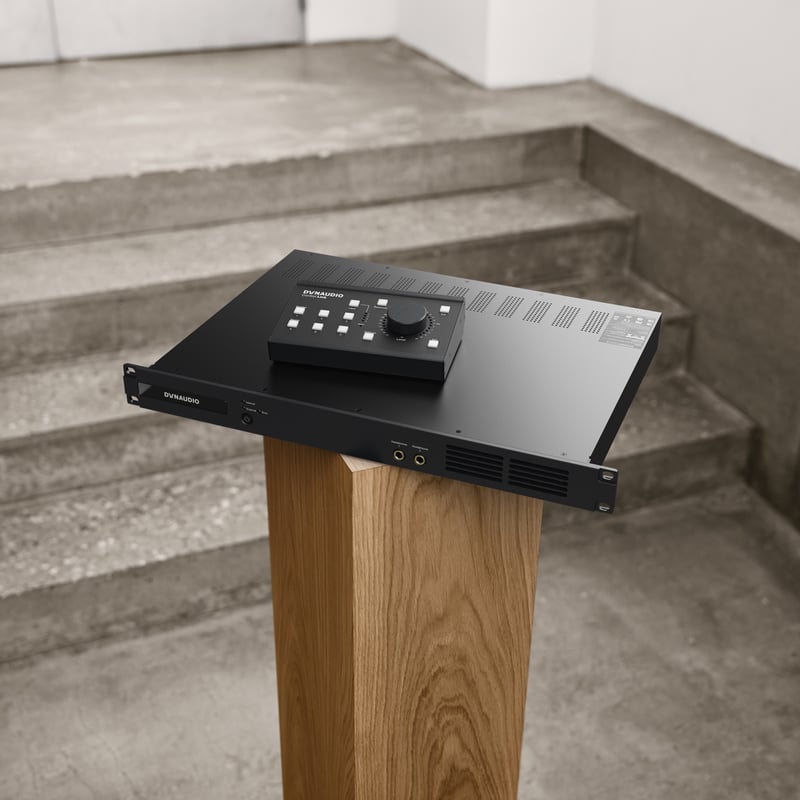So, you’ve taken your new speakers (Dynaudio speakers, naturally) out of the box, and you’re ready to go. But if you just put them down and plug them in willy-nilly you won’t get the best out of them. Follow these tips and you’ll get even better sound – and you won’t have to rearrange your whole room to do it.
Run them in
When you buy a brand-new car, you’re given strict instructions to take it easy for the first few hundred kilometres. The engine needs to bed in, and the moving parts inside it need to loosen up a little from the factory. So you follow the rule-book and, gradually, the car starts to feel better. Even the seats begin to feel softer.
And so it is with speakers. Like car engines, they’re mechanical – the voice-coil, spider and diaphragm are all moving parts, and they need to loosen up too. The most straightforward way to get this happening is simply to listen to music for around 30 hours at a higher volume than you’d normally listen at (you don’t have to do that all at once, but we totally understand why you might not be able to help yourself with our speakers). After that time your speakers will be operating how our designers want them to. If you want, you can do your own experiment – put them in another room, have a listen, close the door, then leave the music on for three days. When you come back they’ll sound different – sweeter, subtler, more musical – and you’ll notice it.
Run in your speakers before you get serious with any of the other tips here, because then you know they’ll be performing as they should, and their sound won’t change drastically after you’ve put in all the work.
Put on a track you know really well, then move your speakers out from the wall until they sound better to your ears. Ditto with angling them in or out. And don’t worry: there are no right answers here, either – it’s all about what you think sounds best

Where to put your speakers?
We’re assuming you don’t have a special acoustically treated listening room containing nothing but a system, a chair and space for two speakers. (Even our engineers don’t have those at home, as much as they might beg their partners.) So, marking the floor with tape and using laser pointers and protractors is probably overkill here. You can apply some of the techniques we use in our testing facilities, though.
For example, if the speakers have ports on the back, they’ll need a little breathing room. Put on a piece of music you know well, and listen to it for a minute. Then move the speakers in a few centimetres from the rear wall; you’ll hear their sound change for the better. Move them few centimetres and it’ll improve again. Keep moving them in and listening until the sound begins to get worse again, then walk them back to where they sounded the best. (Don’t worry, you won’t end up with your speakers right in the middle of your living room.)
You’ll probably find you’re sitting in an equilateral triangle, with your speakers at two of the corners and you at the third. In an ideal world, your seat will be away from the back wall, too.
Now, experiment with angling the speakers in towards the middle of that triangle. The experts call this ‘toe in’; AKA ‘a pleasant way to spend a sunday afternoon’. Repeat the listen-tweak-listen-tweak process with your favourite track again, each time angling the speakers in more until they sound their best. How will you know? The soundstage – how ‘wide’ the music seems to sound – will change. When you’ve got it right, instruments will appear to sit nicely in the sound mix; it’ll be coherent, and nothing will jump out at you from weird directions because of acoustic reflections around your room.
You might also notice that the speakers don’t point directly at you. That’s OK. They don’t have to – we make sure our off-axis performance is every bit as thrilling as the direct sound.

The cables
We could write a whole article on cables (and we will) but for now, we’ll stick with a few basic tips. Keep the cable lengths between your amp and speakers as short as you can. Shorter cables means less resistance, less possibility of interference and therefore potentially better sound. Using the same length for each side of the stereo set-up (if you can) will keep things consistent. And, again, if possible, keep the speaker cables uncrossed, and away from mains-power cables.
You might have heard people talk about bi-wiring. This is where two cables are used for each speaker – one carrying the low frequencies, and one the high. It’s a subject of endless debate. We don’t do it at Dynaudio because we’d rather put the effort into making our crossovers as perfect as they can be – it’s a matter of pride for our engineers. We’re Danes, after all; we like to keep things simple and neat. Plus, it means you only need to buy one set of speaker cables…
Spikes and adhesive putty
Uneven floor? That’s what spikes are for. They help you level out the speakers so they’re pointing where they should – in both the horizontal and vertical planes.
You might want to think twice about using them on your beautiful hardwood floor (that’s where rubber feet are essential – for both your floor and your speakers), but if you’re putting speakers on carpet they’ll really help. They’ll also stop the speaker from swaying around if the carpet pile is deep.
If you’re using Dynaudio stands, you might notice spikes on the top plates as well, which keep a firm grip on the bottom of your speaker and help minimise vibrations in the system. If you aren’t using our stands (although we’d really like to think that you are), you can give your speakers a helping hand by putting a pea-sized blob of adhesive putty in each corner on the bottom before you mount them.
Sign up to get more great articles
Nothing compares to the satisfaction of knowing – for a fact – that something is as good as it gets





